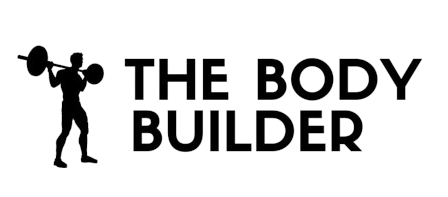Reverse-grip bench press
Benefits Of This Exercise
- Targets the triceps more than the standard bench press
- Emphasizes the upper chest
- Some lifters find it easier on the shoulders than overhand bench variations
- Great way to add variety to an upper body routine
- Builds strength in the chest, triceps, and forearms
- Important to keep good form and control the weight as you lower and press it
- Start light and increase the weight gradually as you progress
- Can be a great addition to any workout routine with regular practice
Step by Step Instructions For Reverse-grip bench press
- Lie back on a flat bench.
- Using a close, supinated grip (around shoulder width), lift the bar from the rack and hold it straight over you with your arms locked extended in front of you and perpendicular to the floor. This will be your starting position.
- As you breathe in, come down slowly until you feel the bar on your middle chest. Tip: Keep the elbows close to the torso at all times to maximize triceps involvement.
- After a second pause, bring the bar back to the starting position as you breathe out and push the bar using your triceps muscles. Lock your arms in the contracted position, hold for a second, and then start coming down slowly again. Tip: It should take at least twice as long to go down than to come up.
- Repeat the movement for the prescribed amount of repetitions.
- When you are done, place the bar back in the rack.
Caution: If you are new at this exercise, it is advised that you use a spotter. If no spotter is available, then be conservative with the amount of weight used. Also, beware of letting the bar drift too far forward. You want the bar to fall around the area between the sternum and upper abs.
Variation: This exercise can also be performed with an e-z bar using the inner handle as well as dumbbells.
Warm Up Tips
- Start with a light weight: Since the reverse-grip bench press may feel unfamiliar at first, it is important to start with a lower weight to get used to the movement.
- Use a spotter: Especially if you are new to this exercise, it is recommended to have a spotter to guide you and ensure your safety.
- Maintain proper form: Keep your elbows close to your torso throughout the exercise to maximize triceps involvement. Also, make sure to control the weight as you lower and press it.
- Control the tempo: It should take longer to lower the bar than to press it back up. Focus on the eccentric (downward) phase of the movement to fully engage the muscles.
- Gradually increase weight: As you become more comfortable and stronger, gradually increase the weight to continue challenging your muscles.
- Consider variations: The reverse-grip bench press can also be performed with an e-z bar or dumbbells, providing additional options to target the chest, triceps, and forearms.
- Incorporate into a workout routine: Include the reverse-grip bench press as part of a comprehensive upper body workout program to add variety and build strength in multiple muscle groups.
Reverse-grip bench press Safety Tips
- Always use a spotter when performing the reverse-grip bench press, especially if you are new to the exercise.
- Start with a light weight and gradually increase the weight as you become more comfortable and confident with the movement.
- Keep your elbows close to your torso throughout the exercise to maximize triceps involvement and prevent strain on the shoulders.
- Lower the bar slowly and under control until you feel it on your middle chest. Do not let the bar drift too far forward.
- Exhale and push the bar back up using your triceps muscles, locking your arms in the contracted position before starting the next repetition.
- Take at least twice as long to lower the bar as you do to push it back up.
- If using a barbell, place the bar back in the rack when you are finished with the exercise.
- If using an e-z bar or dumbbells, safely lower them to your sides before ending the exercise.
- Listen to your body and stop if you experience any pain or discomfort. Consult a professional if necessary.
- Include the reverse-grip bench press as part of a well-rounded workout program to target the chest, triceps, and forearms.
- Remember to warm up properly before starting the exercise to reduce the risk of injury.

